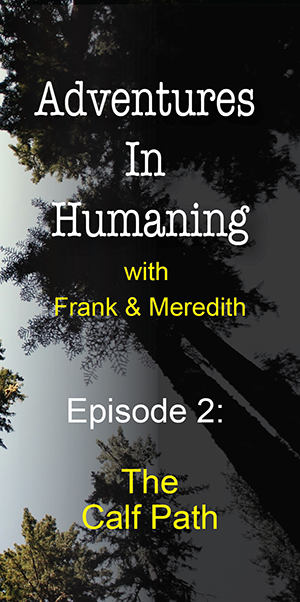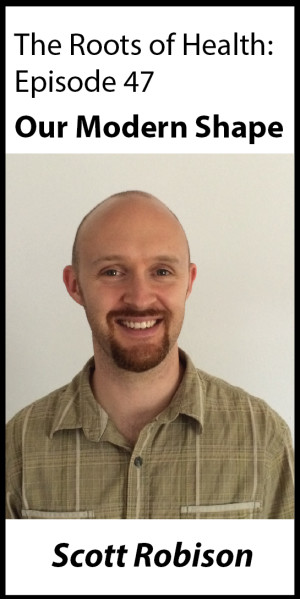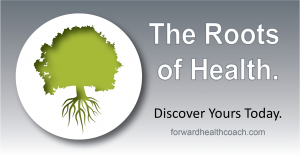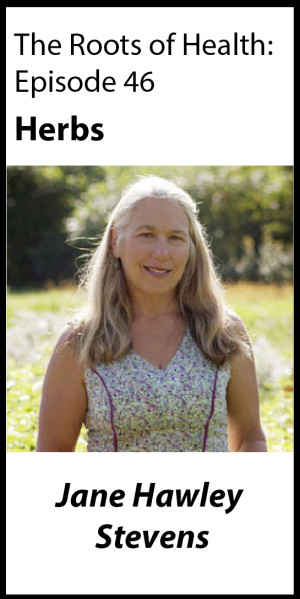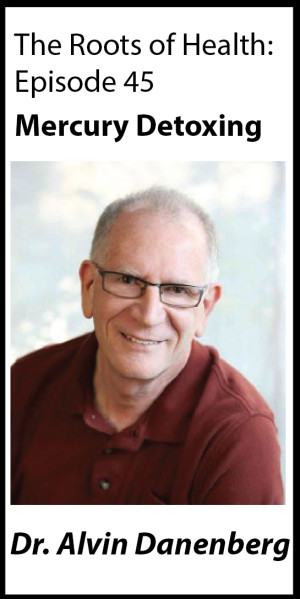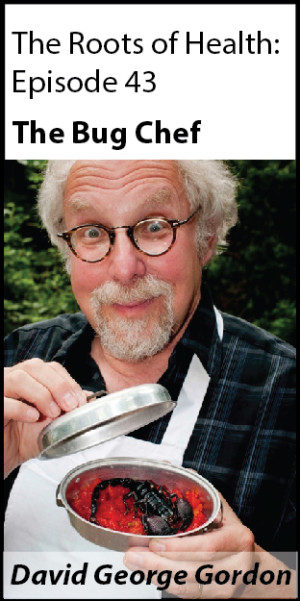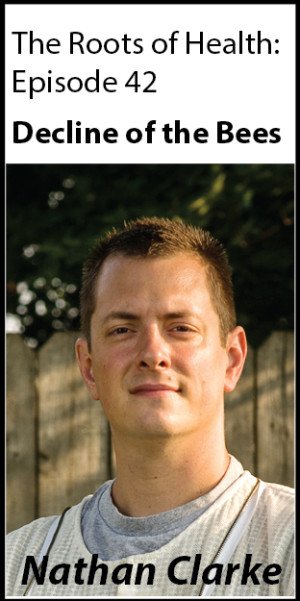I took a class called Paleobiology in graduate school. It was the study of life on earth and how it changed through geologic time.
It was pretty fascinating. The fossil evidence of life on earth is spectacular. There has been all sorts of animal life on earth. Most of this life has become extinct. We are no longer graced by things like:
Trilobites >>> behold the trilobite (photo from this source)
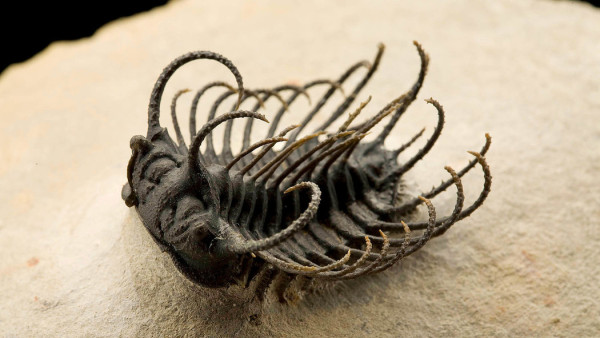
Conodont animals >>> I studied this guy (well, his mouth parts) as an undergrad (photo from this source… I took those photos – and just realized that there’s no scale on the image. These are microscopic – they’d fit on the head of a pin. These photos were taken on a scanning electron microscope.)
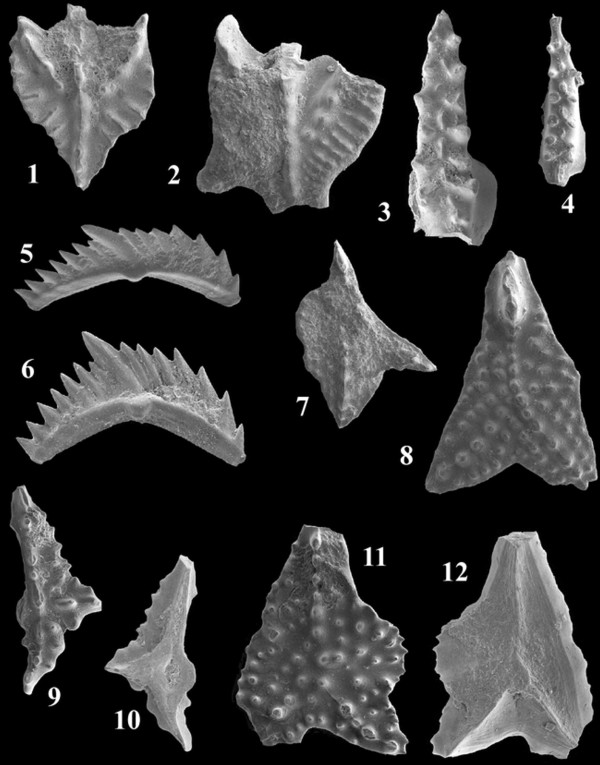
And the various crazy forms of the Ediacaran fauna (photo from this source)

Of course, there were dinosaurs too. We all know about the dinosaurs. They are gone – well, except for their bird-brain relatives.
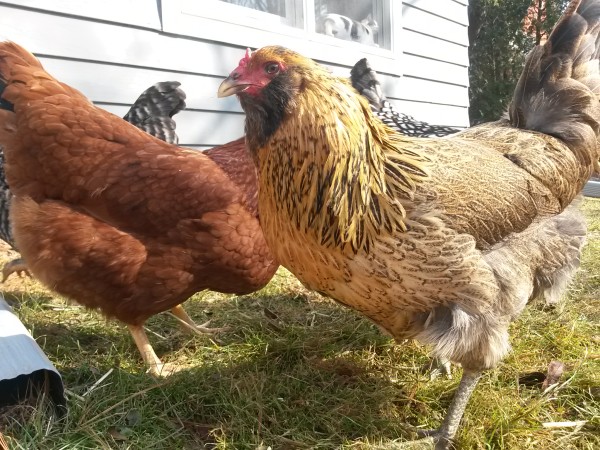
(Note: Felis domesticus in the window watching the flock)
This is all to say that life on earth has been diverse, it has been around for a lot longer than you might be able to comprehend, and there were a lot of life forms that are no longer with us.
During that Paleobiology class, we were assigned to discuss the following question:
Who is superior, Bacteria or Humans?
Hmmmm. Interesting question to ponder.
From a geologic perspective, bacteria arrived on the scene a fair bit before we did. They had a ~3.5 billion year head start on us.
Check this out.
All scientific evidence points to the age of the earth as ~ 4.6 billion years. If we compress the age of the earth down to 1-hour of time… this is what things look like. Notice in particular when bacteria first arrive on the scene (approximately 14:30 minutes into the hour – in comparison to, say, humans (at about 59:58.8 minutes into the hour).

Let this soak in a bit.
Today – bacteria are found pretty much anywhere. From deep within the crust of the earth, to Antarctic ice, to deep sea trenches, to our very own guts… they have taken advantage of every square inch of this planet. And remain largely unchanged throughout their existence on this planet.
That’s a pretty strong case for bacteria.
Human life is pretty new on the scene – and life as we know it today is barely a blip on this clock. The first evidence of ancestral humans (of our species) is something like 250,000 years ago. And one could argue that we wouldn’t be as successful as we are without the aid of our bacterial friends.
Bacteria vs. Human question aside… let’s think about life on earth during the time that humans have actually been around.
Imagine what life was like for the bulk Homo sapiens history. It may be hard to do – because we’re used to a certain way of life today. But for simplicity sake – imagine a world where you had to ‘shop’ for your food by moving across the land to find it, your entertainment was probably song & dance & storytelling, the only way to interact with others was literally face to face, you slept when it was dark out, your bed was the earth, your ‘alarm’ was the sun, real estate was literally what you made of it, your ‘doctor’ was nature or time or maybe a shaman, babies were just born, your community all pitched to keep everyone safe.
Contrast that to today – we have so many interventions and conveniences and technological advancements that we rarely question. Because in our experience, we’ve always done it that way.
Sometimes… a lot of times… most of the time… opportunity lies outside of our experience. And in this case, an ancestral perspective provides a lot of ideas that we can attempt to bring in to our experience for the purpose of gaining health.
Welcome to my brain. 😉
Are you interested in experiencing more?
I’d love to chat more with you about this. Contact me to schedule a consultation, or join my (R)evolutionary Health Class if you live in the Madison area.
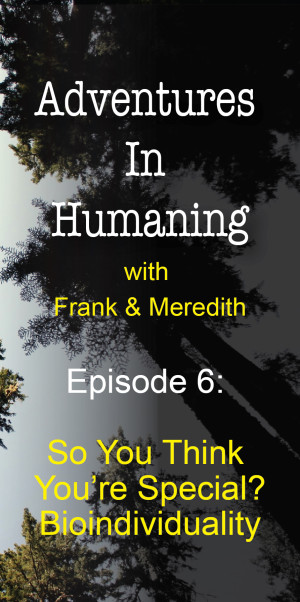 The concept of bioindividuality as applied to dietary approaches refers to the observation that there is no one-size-fits-all diet. Frank and I chat about what it really means and the idea that there is one human diet. What are the variables that give us our bioindividuality?
The concept of bioindividuality as applied to dietary approaches refers to the observation that there is no one-size-fits-all diet. Frank and I chat about what it really means and the idea that there is one human diet. What are the variables that give us our bioindividuality?
